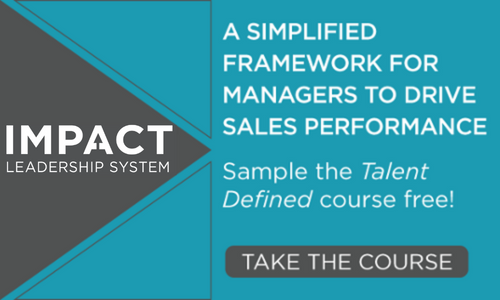
Often, a sales funnel and sales pipeline are confused.
They are not the same, and both have a distinct purpose along the path to purchase. They both provide an incredible amount of intelligence when examined in part and as a whole.
Marketers and sales leaders that collaborate closely will learn that ensuring the sales funnel and pipeline are both full, healthy, and clean defines some of the biggest indicators of revenue success.
Sales Funnel
The sales funnel is a visual representation of the journey that your buyer (customer) takes from awareness to action.
We call that path the buyer’s journey.
More than ever, understanding the path and steps a prospect takes along the journey provides competitive advantages to sales teams. It's important to note that the path is not a linear one, and buying habits have dramatically changed in recent years.
Buyers are conducting a large percentage of time researching before speaking to a salesperson.
The sales funnel is critical because it provides intelligence into your prospect’s knowledge and the level of interest in your solution or product over time. Moving a prospect through the sales funnel with degrees of communication that inform the purchase is called nurturing. This allows you to meet the prospect where they are, serving your expertise and knowledge of the solution to their business need.
Salespeople can take the intelligence from the way that buyers interact with digital content, provided by sales and marketing automation tools, like HubSpot, and understand how to best communicate with meaningful, helpful, and timely information.
How this interaction takes place allows sellers to focus their time on the best prospects using data.
A sales funnel is typically broken out into three segments:
- Top of the Funnel (TOFU)
- Middle of the Funnel (MOFU)
- Bottom of the Funnel (BOFU)
At the top of the funnel is the space that's the largest pool of suspects. These are people that may just have realized that there is a problem; we call this awareness. The content that best serves the suspect at this point is about building awareness for the problem you solve.
The middle of the funnel is the stage where the suspect turns into a prospect, and that person knows that they need a solution and begin to consider options. This stage is spent teaching prospects how to discern choices, what questions to ask, creating urgency.
At the bottom of the funnel is the opportunity to convert the prospect into a customer; the prospect has raised their hand. Free trials, demos, and pricing happen at this point. The opportunity to close is the highest.
For more insights into the buying process, our managing partner Matt Sunshine wrote a fantastic book, Getting Prospects to Raise their Hands. (Click here to download a sample chapter)
Sales Pipeline
The sales pipeline is the place where your salespeople shine.
A sales pipeline should align with your sales process, and deals or opportunities should move through your sales pipeline in conjunction with how your sellers are engaging with a prospect. Often, the intelligence that comes from managers identifying bottlenecks in the pipeline, can point to coachable opportunities to shorten the sale process.
For example, sellers at times may have the ability to set initial discovery calls; however, they may struggle with moving to advise and closed-won. In other cases, getting the initial meeting can be a challenge. The pipeline can measure more than activity and revenue, which are crucial and not the only indicators of sales success.
A sales funnel and pipeline are two incredibly valuable tools to inform sales and marketing departments of alignment. Scoring by stage can provide deep intelligence on revenue performance and meaningful activity by sellers. It has been said a sales manager that doesn’t know their numbers doesn’t know anything.
Clean, reliable, smart data along the path to purchase provides organizations with endless insights into opportunities, red flags, and smarter revenue projections.





